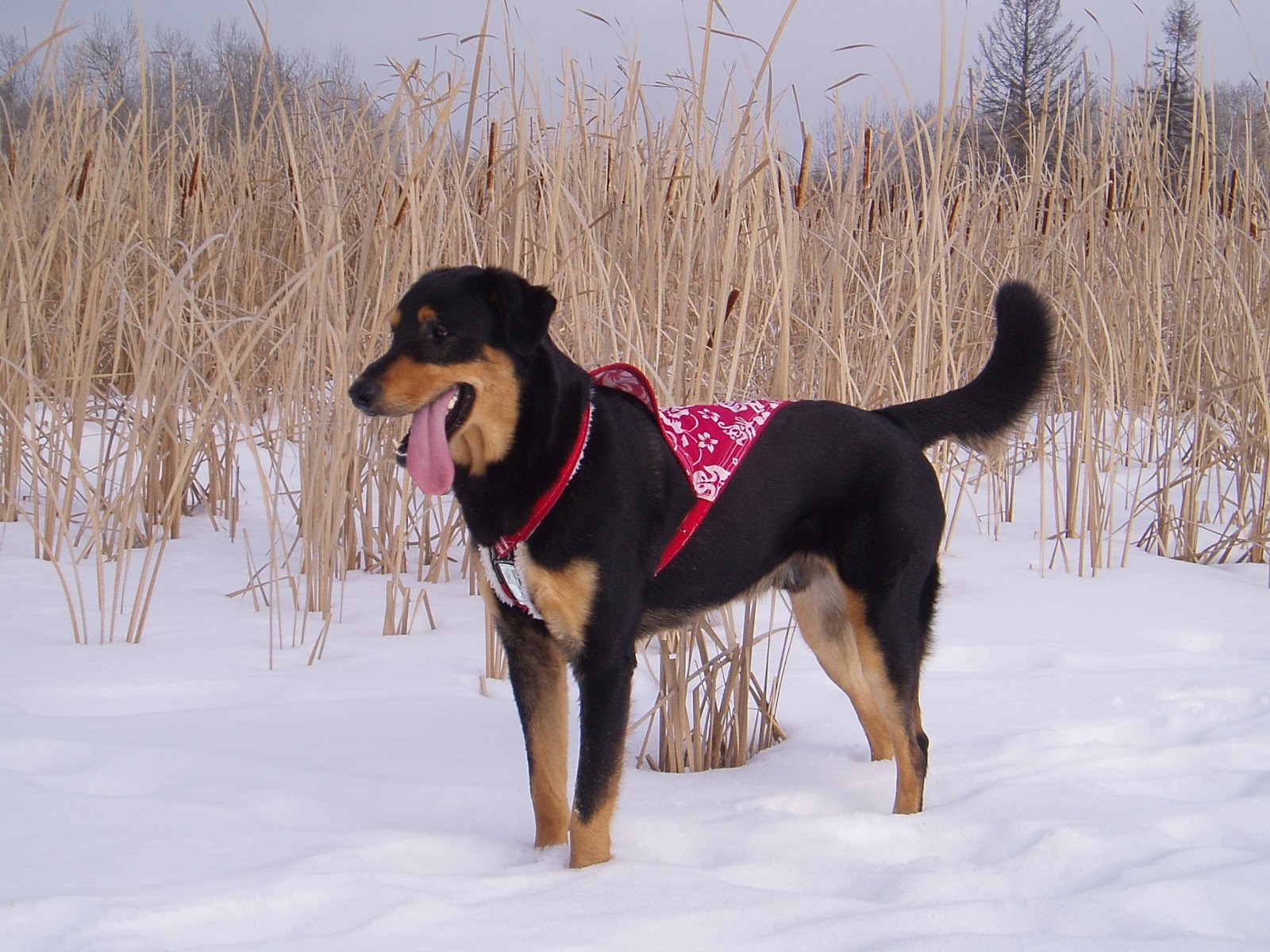Gee and Haw: How to teach a dog to turn on cue
The old TV show Hee Haw's producer claims the show name was an onomatopoeia for the sound of a braying donkey. I can't stop thinking how well the name honours our relationship with beasts of burden. As most plow horses, cart donkeys and sled dogs know, "gee" means turn right and "haw" means turn left. Both the "eeee" and "awww" sounds can be shouted out loud and clear. Our old dog Cricket was an expert at turning left or right on command when he pulled skiers and bikers. It makes sense that he would be an expert as pulling was his principle business and how we exercised him. Sometimes I would make a mistake at the end of a long run and call for a right, when our house was obviously to the left. Cricket would glance back with an surprised expression on his face. As if to say, "Do you mean the OTHER gee?" We passed under a raucous murder of crows, all of them crowing "HAW, HAW, HAW" in what sounded like a taunt. Cricket in this case did not turn left.
Cricket learned his turns quite a long time before I had any idea of how to teach these concepts to a dog. What happened was plain beginner's luck. I attached the dog to the front of my bike and we took off down the driveway. When we got to the road, I didn't say anything while wondering what he would do. He turned left. At the next intersection, he again turned left while I remained silent. When we got to the path into the park, he turned right as he had been on that path during walks and he liked going to the park. For the next 5 days, he made the exact same turns. On the 6th day, I called "haw" when I knew he was going to turn left and "gee" for his rights. After a couple of weeks, I asked for a right at the mouth of the driveway and he turned right!
Much later, I learned that animal trainers never give a command word (also called a cue) until they are willing to wager $100 that the animal would do the trick without the command. This was my luck, that I waited until knowing Cricket would turn left out of the driveway or right into the park. Cricket is a creature of habit and would always turn right into the park. The more we practised, the more he listened and his turns were amazing. Sometimes there would be a dog along our route, and if I decided we couldn't meet that dog, he would turn away on cue, but would whine and cry his disappointment.
Animal trainers also instruct other would-be trainers to give the cue only once, clearly spoken but not repeated. It was easy for me to use the "sit" command this way, avoiding the common "sit, sit, sit, Fido....sit" mistakes. However, it took me lots of practise to say "haw" without saying "haw, Cricky" or "gee here..." I'd be thinking, when we get to this next corner, I'll say "haw" and try and mentally practise. Then, at the corner, say "OK, haw!" Damn, how hard is it to just say the cue? It took me lots of practise!
Now we have Rocket trained to pull and turn on command. He is getting pretty good and will even make turns while we leash walk him. On an evening walk, he sometimes gets a fresh scent of the fox that must live at the end of our street near the river. He gets excited when following other dogs, but something about smelling a fox really charges him up. While he strains to follow the scent trail away from our house, a simple "Gee!" gets answered with a smart right turn into our yard.
Copyright 2013 Paul Larsen




Comments
Post a Comment